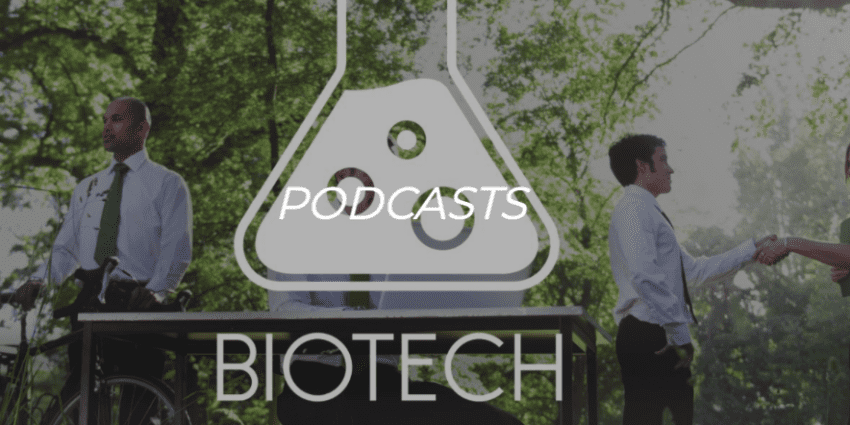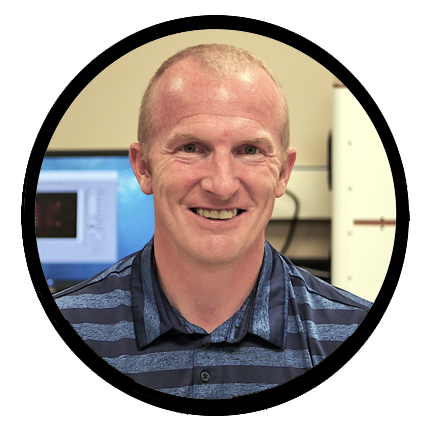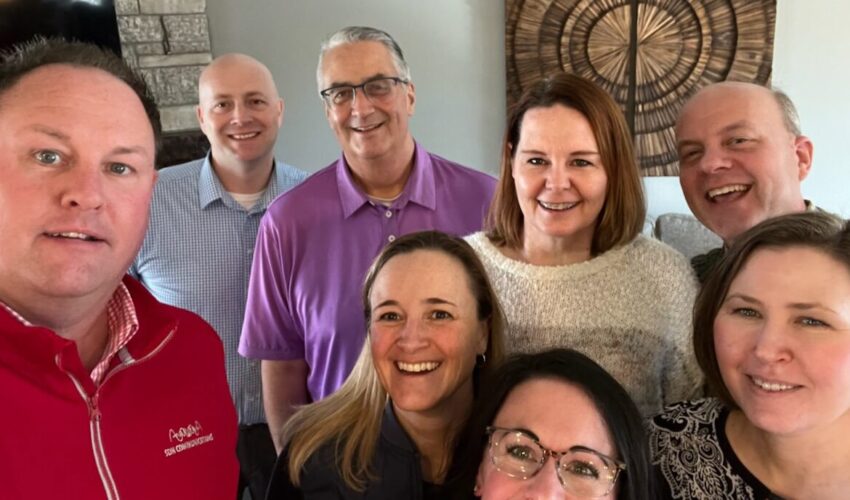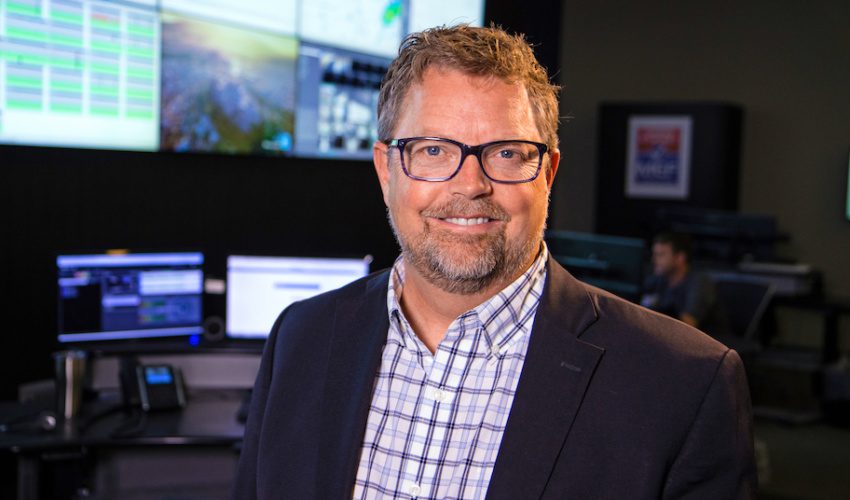Boeing’s errors, mad cow disease among topics covered by season two of popular podcast
Aug. 12, 2021
This paid piece is sponsored by South Dakota Biotech.
The most important thing to remember about the locally produced “Inside Out Quality” podcast is that you don’t have to be a quality assurance expert to appreciate it.
A powerful story is just that, no matter who’s the listener.
And “Inside Out Quality” is filled with them.
Launched by Aaron Harmon in 2020, the podcast aims to educate about the need for quality assurance throughout the research and development process, and through commercialization, by highlighting what can happen when quality is neglected.
“I wanted a venue to talk to fun people, and when you talk to fun people, you have great conversations, and I wanted to capture those and share them,” Harmon said.
But every 45-to-60-minute podcast also is packed with valuable knowledge and takeaways for those who do deal in the field of quality.
When he’s not producing and hosting the podcast, Harmon is the general manager and director of quality for medical startup Inanovate – among other roles.
“We’re developing a new diagnostic platform, hoping to make an impact in cancer diagnostics and infectious diseases and metabolic disorders,” Harmon said. “And I have a quality assurance professionals network called QUIBIT, and I’m an adjunct faculty member at USD and teach some courses on quality and product development. But the nice thing is it’s all in the same world, so it works pretty well.”
We caught up with him for a preview of season two and beyond of his podcast, which can be found at sdbio.org and accessed through Apple Music, Google Podcasts and Spotify.
First, season one. How did it compare to your expectations?
I was totally surprised by the number of people who agreed to be on the show. It started off covering two NASA rocket failures and pointing out big players like NASA could make mistakes by not doing something as simple as a supplier audit, which we talk to small companies about doing. We want to help them see the value in these things. I thought that might have been our best topic. But then we just kept getting more great guests, including someone who was even arrested for being a fake doctor and agreed to be on the show. So we just kept going. I figured friends and family would listen to it, but we ended up with downloads from 32 countries and 45 states.
Tell us about the debut episode for season two.
The theme is the importance of human factors in engineering and product development. A lot of times small companies and even large ones make a product and don’t think about the user and the limitation of the user, how a user might get confused by the design. In this episode, we talk about the two Boeing 737 Max 8 crashes.
Boeing failed to take into account key human factors elements during design of the new 737 Max 8 planes. Two planes full of passengers crashed as a result. I ended up getting in touch with Mica Endsley, former chief scientist of the Air Force, who testified in Congress about human factors engineering. We’ll look at why this is so important in product development and talk about specific things learned from Boeing’s mistakes.
What other topics are you tackling this season?
We’re about one-third of the way through recording. While it’s a 10-episode season, I think we probably have enough material for 14, so we’ll save some for season three. So far, we’ve done a really interesting episode on mad cow disease, which resulted in regulation of animal feed and other changes for the biotech world. It features a researcher who was on the ground during the epidemic and got to see actual cases. Her lab discovered it transmitted through blood and had crossed over into sheep. And then we’ll do an episode on food safety involving a Rhode Island orphanage that fed contaminated condensed milk to babies – 20 of them died as a result. This would be unheard of today, so we’ll look at how is food regulated and kept safe.
Are there any other new additions for season two?
Yes. We’ll release full episodes every other week, but in between we’re releasing what we’re calling “intermissions,” which are short 10-minute recordings with people who help make the podcast and others in the biotech space. They’re filled with fun questions to help you get to know others in the industry and what they do.
You’ve also connected to the broader biotech community for the podcast. How are you partnering?
South Dakota Biotech is a sponsor and key partner, which makes a lot of sense for us because we are an emerging biotech hub. We have more mature companies like SAB and POET, but we also have a lot of startups. So I think it’s important for them to have some baseline best practices and understanding why quality is so important. When South Dakota Biotech surveyed its membership not long ago, the biggest need for information was related to regulatory and quality practices, so we’re doing our part to meet that.
As we said in the introduction, anyone really can take something away from listening to this podcast. Was that part of your goal?
Absolutely. We recognize the audience is still somewhat limited – it’s not like if you did a podcast on something broad like leadership – but our approach is telling stories that are unique and help illustrate things like why we do clinical trials and why drugs cost what they do and why we know drugs are safe when we get them prescribed. Before 1938, the field of quality assurance didn’t really exist. I could make any drug I wanted and market it with no regulatory process, which is why we had so many snake oil salesmen. So we hope there’s something here for many listeners.
And we’re always looking for ideas. We are diverse in where those ideas come from. A good lesson can come from anywhere, and they don’t have to be biotech-related to apply in the biotech field.
To listen to the first episode of “Inside Out Quality,” season two, click here.









